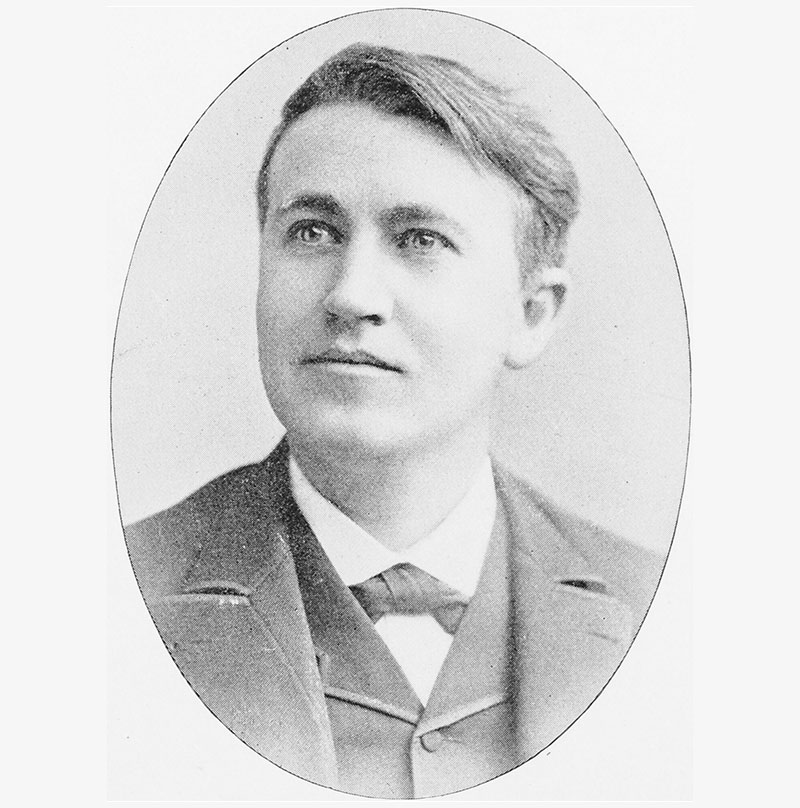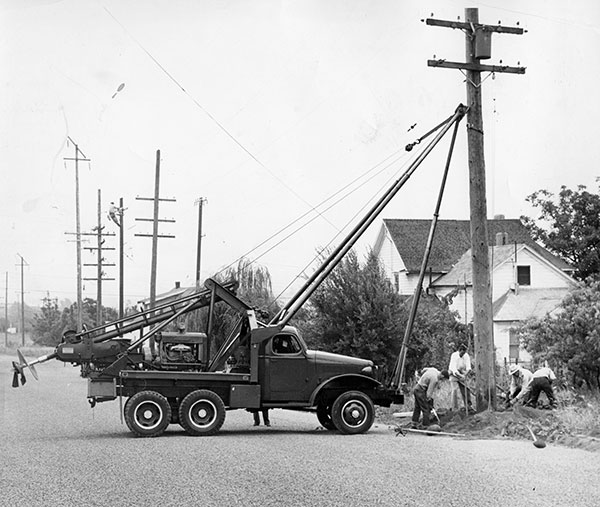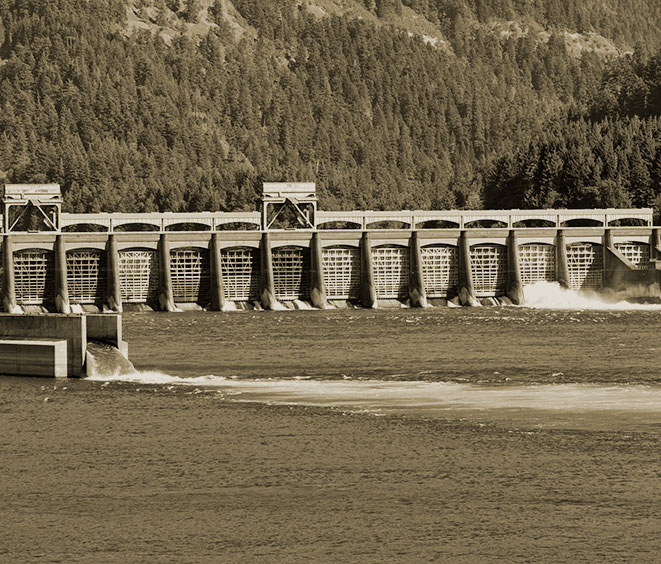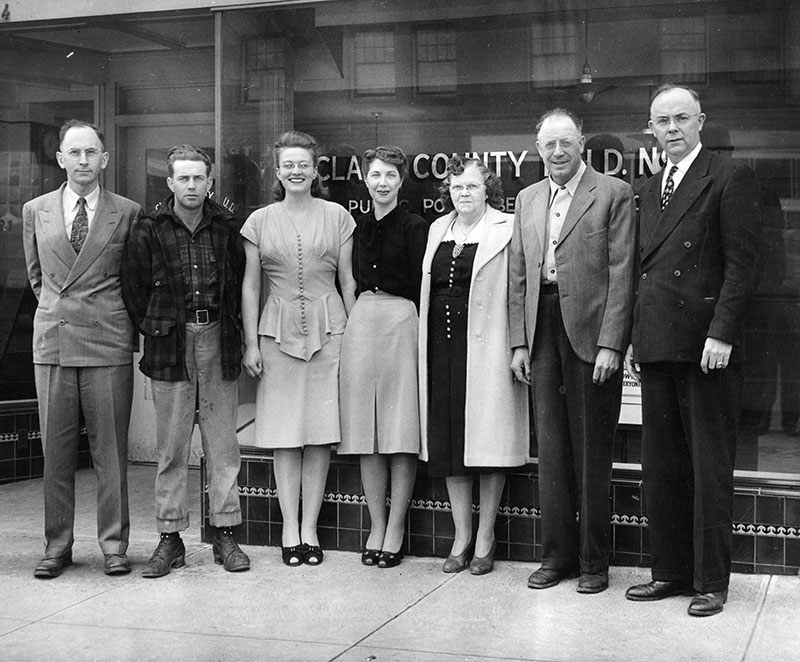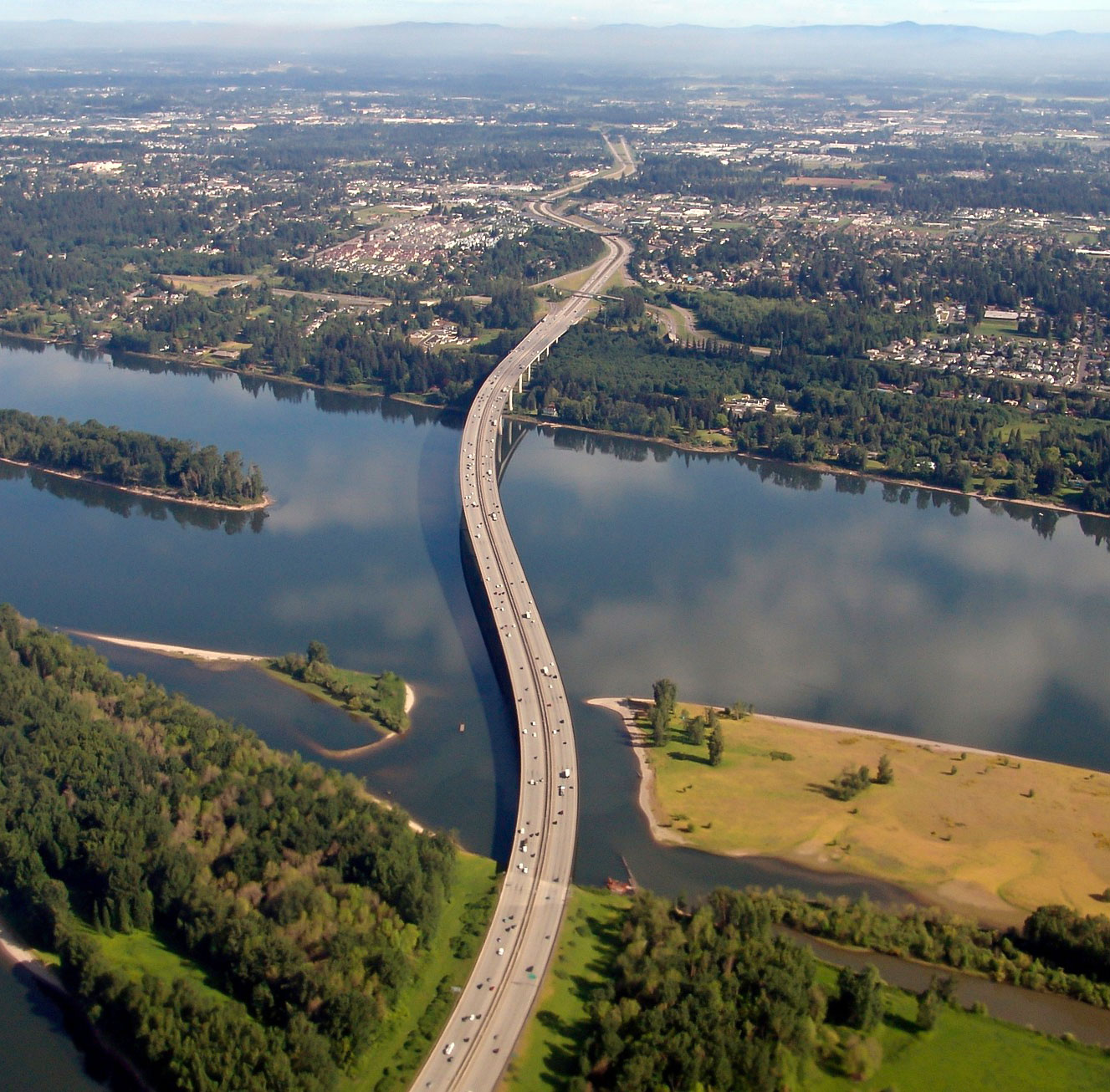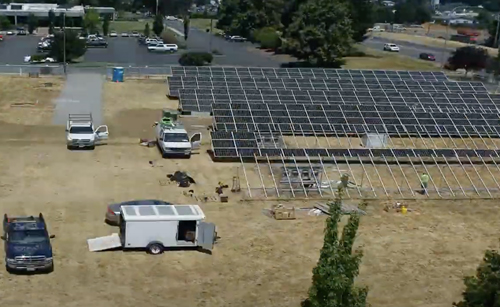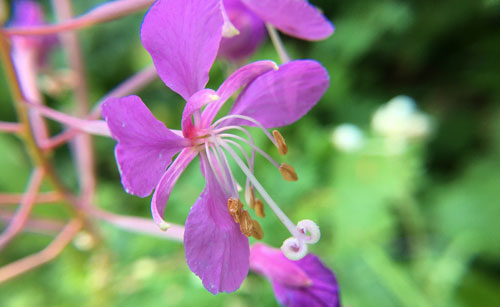While Thomas Edison is credited for inventing the incandescent bulb in 1879, many came before him to make the invention possible. The public wasn’t sure what to think of the invention and was slow to adopt the technology in their homes. The bulbs were mainly used as street lighting.
Cities usually owned the street lights, with the goal of providing electric service to their local citizens. It wasn’t long before private companies discovered they could make money selling electricity. Their goal was to make money, not necessarily serve their customers well.
Early electricity was expensive and scarce
In the early days of electricity in Clark County, there were electric street lights and some private company street lights. All of the electricity at that time came from three companies, which provided limited service and often refused to add power lines to rural areas of the county.
Generating electricity was another problem they faced, as it was expensive. The high costs were passed on to the customers.
Hydroelectric power entered the scene
During the Great Depression, the Federal Government created jobs, some of which involved building large dams on the Columbia River. The original renewable resource, hydropower, finally arrived in the Pacific Northwest. The first dam was Rock Island Dam. The largest dam is Grand Coulee, which began in 1933 and was completed in 1942.
The dam closest to Clark County is Bonneville Dam, which was completed in 1937.
Clark Public Utilities formed in 1938
Clark Public Utilities was formed in 1938 and is overseen by a board of Commissioners elected by our customers-owners. The three commissioners set the rules and ways we operate the utility. They make sure the price of electricity stays as low as possible.
Clark Public Utilities is a non-profit. That means the cost to our customer-owners is exactly what it costs to make, distribute, and maintain the electricity for all of Clark County. We also distribute water for large sections of Clark County – over 30,000 customers.
Clark Public Utilities today
Today, Clark Public Utilities serves more than 219,000 customers in a service area of 628 square miles. That is all of Clark County, Washington. Our community is served largely by clean, renewable hydropower. About two thirds of our supply comes from the Bonneville Power Administration, a federal agency that markets hydroelectricity created by dams on the Columbia and Snake rivers.
Another third of our power comes from the River Road Generating Plant, a combined-cycle combustion turbine fueled by natural gas. The plant was built in 1997 by Clark Public Utilities to provide another source of reliable electricity to our customers and is located near the Port of Vancouver.
Clark PUD and renewable energy
Other sources of electricity may include solar and wind generation. Wind energy comes from Combine Hills II wind project. Clark Public Utilities has a 20-year contract with this wind farm. The whole project can produce 63-megawatts, but averages about 20 megawatts.
We also make purchases from the power market that may include coal, nuclear, biomass, non-biogenic, and petroleum. This is done to meet the demand for electricity in our area.

